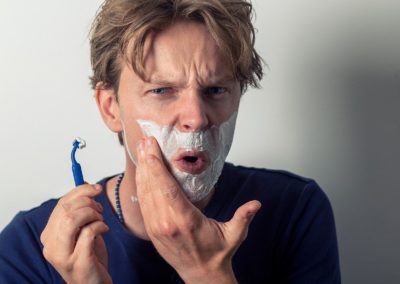Everything You Need To Know About Hair Porosity

written by nail expert Jess Rowley
Everything You Need To Know About Hair Porosity:
You may have heard the word hair porosity being thrown around when talking about hair, but what does hair porosity have to do with hair care?
Trust me; you’re not the only one confused.
It turns out the best way to work out what products will work best with your hair is to work out your hair’s porosity– It’s more simple to work out than you think too!
The porosity of your hair determines how easily your hair can absorb and retain moisture. Now while that doesn’t sound like a big deal, it actually affects how your hair responds to every product you use.
But wait, let me tell you something.
Figuring out your hair porosity level will change and fight issues like frizz, dryness, and even tangles. Once you work out your porosity, you can easily select the right products, and your hair will be much healthier as a result.
Rather than wasting money on products that won’t work, I’m here to show you how to work out your hair’s porosity so you can be sure that the products you’re buying are right for your hair.
Let’s get down to the details!
What Is Hair Porosity?
Porosity is determined by how the cuticles lie on your hair follicle; the flatter the cuticle, the harder it is for moisture to move in and out of the hair– this is also known as low porosity hair.
High porosity hair is when the cuticle is raised on the hair, creating tiny holes that allow water to move in and out of the follicle easily.
Highly porous hair sounds the best right? Well, not necessarily; despite being able to take moisture in easily, this also means it can escape quickly too, it doesn’t have a barrier to trap the moisture.
Low porosity hair may be harder to hydrate, but once it is in the cuticle, it is more likely to stay, whereas, with high porosity hair, the moisture is harder to maintain.
In reality, the best porosity of hair to have is medium porosity hair or normal porosity hair; this is because it has a slightly raised cuticle, so the strand can absorb moisture fairly easily and retain moisture.
Let’s talk about each in more detail:
What is high porosity hair?
High porosity hair has a raised cuticle to absorb water and moisture easily, but it can also quickly lose moisture as water passes in and out quite easily.
High porosity hair takes to color really well, too, as it easily absorbs the color; it soaks up the color and is easily absorbed into the cuticle.
It is not recommended to chemically treat/ bleach high porosity hair as it will cause more damage than any other porosity.
High porosity hair also takes a lot longer to dry, often taking hours or even a day to dry naturally because of the amount of moisture it soaks up when washing.
This type of hair porosity has trouble retaining moisture, so hair often feels dry. To help with this, you can treat the hair with a diet high in protein or products high in amino acids.
Since high porosity hair is quite dry, it also tends to be prone to frizz, tangling, breakage, and split ends.
How to care for highly porous hair:
To maintain porous hair, you should maintain a regular deep conditioner with a balance of moisture and protein; the moisture will help hydrate the hair while the protein will help heal the hair.
Once you’ve shampooed and washed your hair, make sure you do a cold water rinse to close the cuticle and maintain as much moisture as possible. Co-washes are also recommended with this hair type.
Use sealing oils, doing hot oil treatments and using products to help seal moisture into the cuticle after styling.
I would also recommend investing in leave-in conditioners and products with shea butter, coconut butter, or mango butter to help seal in moisture for this type of natural hair.
Using apple cider vinegar over your head after a wash is also recommended as it helps close the cuticle on the hair stand; rinsing your hair with cold water will also help close the cuticle.
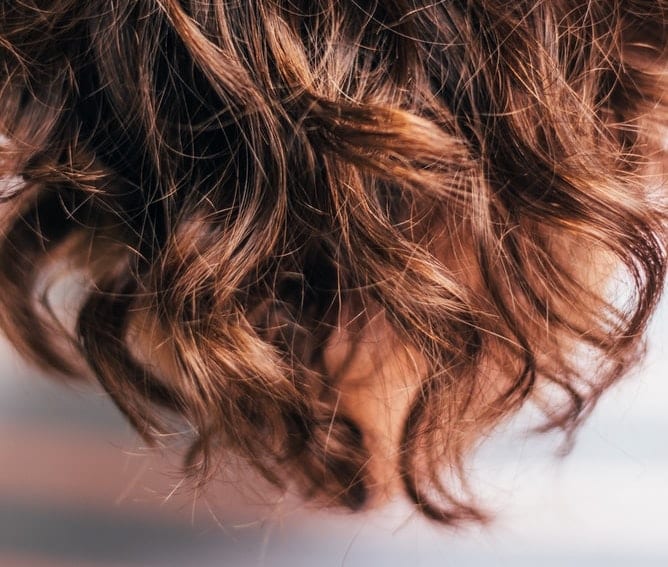
What is low porosity hair?
Low porosity has flat-flying cuticles, which can be quite a challenge to move moisture in and out of your hair follicle.
The structure of your hair doesn’t easily absorb moisture into the hair shaft, making it harder for water to saturate your hair when it is washed; this can also make it harder to process and style.
Products tend to sit on top of low porosity hair, sometimes leaving a white residue of product buildup. Low porosity hair also takes longer to straighten, which can be a pain.
Natural oils struggle to penetrate the hair, so low porosity hair can become quite dry and coarse without a deep conditioning routine.
Implementing penetrating oils for low porosity hair and knowing how to use hair oil is key to infusing moisture into the flat lying cuticle.
Low porosity hair should avoid heavy oils like coconut oil, castor oil, etc. as they can weigh down curls and don’t tend to penetrate the hair strand. They are brilliant for high porosity hair but may be a low porosity haired girls worst nightmare!
Low porosity hair also doesn’t take to color very well, making it quite difficult to chemically and color treat. Hair can also appear dull or shiny depending on product buildup, lacking in volume and elasticity.
But it’s not all doom and gloom, low porosity hair is brilliant at retaining moisture, so while it’s difficult to get moisture in the hair strand, your hair holds into it once it’s in there.
Low porosity hair looks and feels hydrated for days after deep conditioning; low porosity hair also tends to be much shinier, silkier, and healthier-looking than other hair types.
Since this hair porosity repels water, this also means that your hair dries quickly. It is also less prone to breakage and split ends as it doesn’t take as long to dry.
How to care for this hair porosity:
One of the best ways to open your cuticle is with heat; using hot water or a heated cap can help open the cuticle, which improves the strand’s ability to absorb moisture into the hair.
It is best to apply heat once you’ve got the product on to ensure the product is effectively absorbed– make sure you invest in a good heat protectant.
Low porosity natural hair will also benefit from formulas packed with emollients like shea butter, jojoba oil, coconut oil unless you’re doing the CGM mineral oil.
You should also look for products rich in humectants like glycerin or honey as they naturally attract moisture to the hair.
Lighter products like gels and mousses are also recommended over curl creams and butter to prevent a greasy residue.
If you find your hair gets greasy regularly, then it is recommended that you keep up with regular clarifying washes to remove buildup.
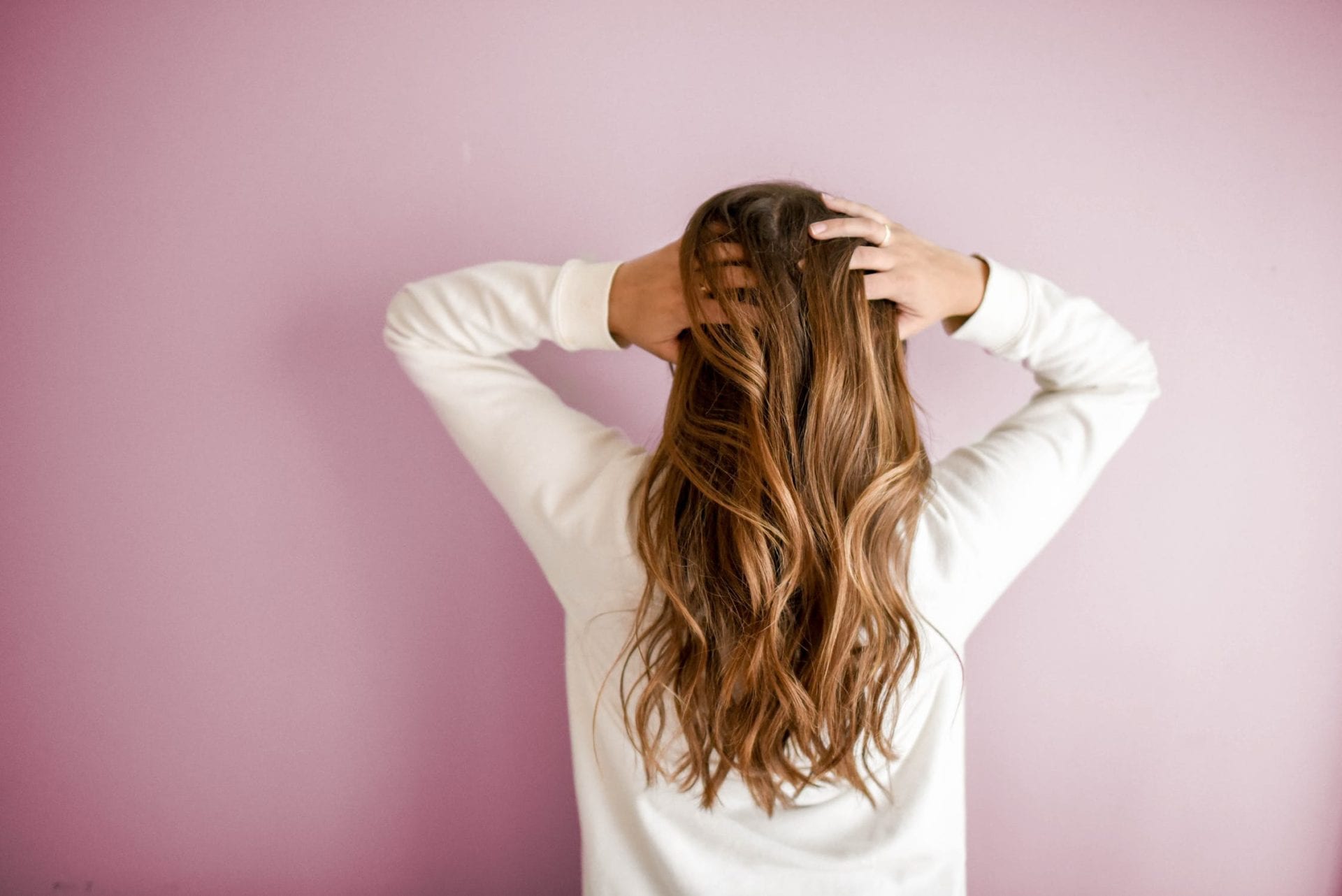
What is medium porosity/ normal porosity hair?
If you have medium porosity hair, then you’ve hit the jackpot! This hair type is also referred to as normal porosity hair; it is easiest to achieve big, bouncy, healthy curls or luscious long hair.
Hair with normal porosity is the most natural and healthy. It is full of bounce, volume, and elasticity if you’re using the right products.
It doesn’t take too long to get wet or take too long to dry; it requires less maintenance and effort in choosing which products will work or not work.
These hair types are also much easier to maintain a healthy moisture balance because they are easily absorbed into the cuticle and retained.
It even holds styles effectively and can be easily colored.
How to care for medium porosity hair:
When caring for normal porosity hair, lightweight products still work best, but you can still use curl creams, as long as they don’t use heavy oils and butter and are high quality.
Sulfate-free shampoos or low-poo shampoos with wonders on medium porosity hair, you can even use cleansing co-washes if you want that little extra hydration.
Regular clarifying washes are ideal but needed as regularly as low porosity. Shea butter and light oils like argan, grapeseed, mongongo, and jojoba oils are ideal for maintaining this porosity level.
How To Test Hair Porosity:
There are two different ways to work out the porosity of your hair, the slip test and the water test. I personally prefer the water test as it gives clearer results.
That being said… the slip test requires zero effort, so it’s really up to you.
The slip test:
This is also known as the slip n slide test; take a strand of hair and slide your fingers up and down the shaft, towards the scalp.
If you feel little bumps along the way, this means your cuticle is lifted and that you have high porosity; however, if your fingers slip smoothly, it indicates you have low porosity hair.
If it’s somewhere in the middle, then your hair is normal porosity.
The water test:
The water test is when you dip a strand of clean hair into a glass of water to see if it sinks. You should first shampoo and rinse your hair to remove any product.
Then remove a single strand of hair and place it in the glass, place it gently and try not to push it down– it should sit on top of the surface.
Wait 3 minutes.
If your hair floats on top of the water’s surface, your hair is low porosity. If it is floating in the middle, then the porosity is normal, and if it sinks to the bottom, it’s high porosity.
Other ways to test hair porosity:
The water test and slip test aren’t the only tests you can do to determine whether your hair is low, normal, or high in porosity.
The dry test: You can determine your hair’s porosity by determining how long it takes to dry. Highly porous hair dries quickly, while hair low in porosity takes longer to dry.
If it dries at an average pace, this could indicate that your hair is normal. However, this isn’t as accurate as of the water test.
Product test:
Another way to determine your hair’s porosity is to note how long it takes to absorb products into your hair.
If your hair takes a long time to absorb the product into the cuticles, it indicates that the porosity is low. You may even see some products sitting on the surface for a long time.
Similarly, if it quickly absorbs into the strands, then that indicates that you have high porosity hair.
Summary
Learning your hair porosity is the best way you can care for your hair as it helps you understand your hair’s needs and your hair’s ability to retain and maintain moisture.
You need to know your hair porosity as it also helps you choose the right hair products to use in your hair care routine.
Everyone deserves healthy locks and who knew it was as easy as working out your hair type and hair porosity type. Once you have tested your hair porosity you can build a hair care routine around it.
Trust me this will upgrade your hair game!

Best L’Oreal Products For Men
[Review] in 2022 written by nail expert Jess RowleyCheck out the results fast - here are our review winners[dica_divi_carousel item_width_tablet="400px" item_width_phone="345px"...

Best Neutrogena Skincare Products
[Review] in 2022 written by nail expert Jess RowleyCheck out the results fast - here are our review winners[dica_divi_carousel item_width_tablet="400px" item_width_phone="345px"...
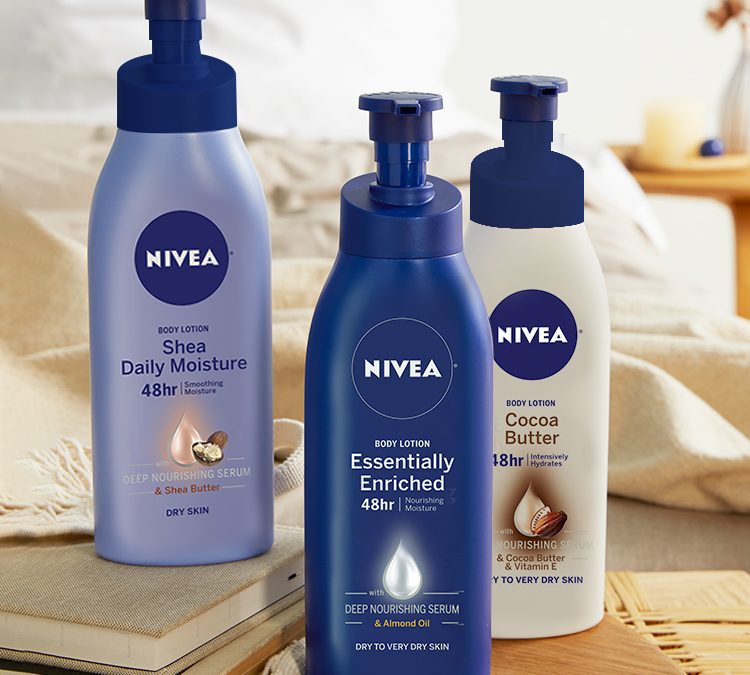
Best Nivea Products For Men
[Review] in 2022 written by nail expert Jess RowleyCheck out the results fast - here are our review winners[dica_divi_carousel item_width_tablet="400px" item_width_phone="345px"...
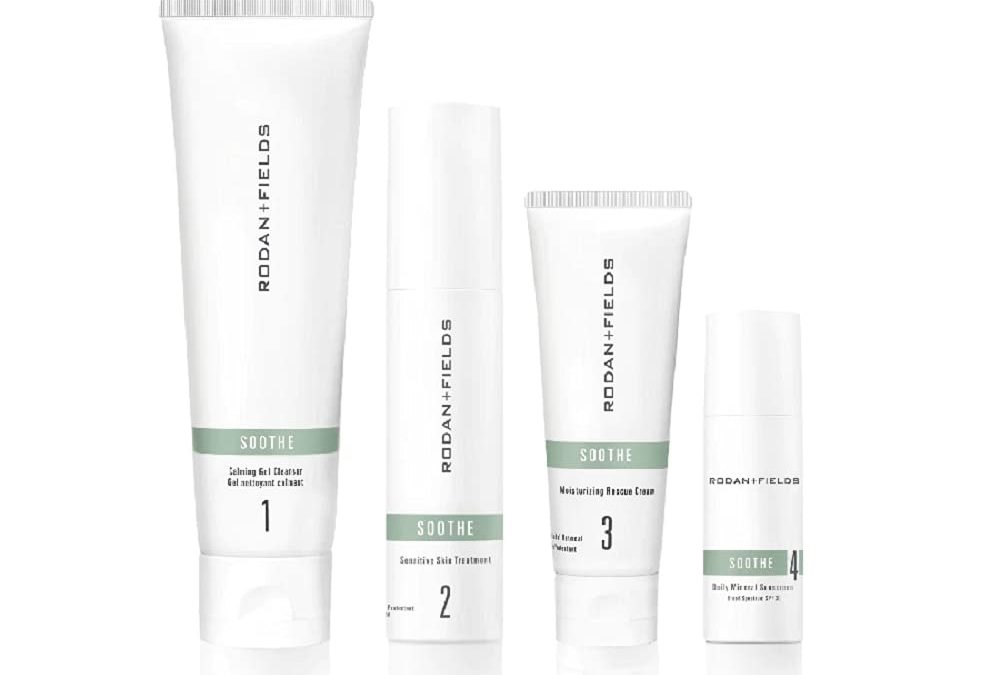
Best Rodan+ Fields Products
[Review] in 2022 written by nail expert Jess RowleyCheck out the results fast - here are our review winners[dica_divi_carousel item_width_tablet="400px" item_width_phone="345px"...
Related Post: Best Products For Curly Hair

